
Botox is a neurotoxin that gets injected with a needle
When people get Botox, what exactly are they putting into their face? John Paul Tutela, MD, a board-certified plastic surgeon in New York, explains, “Botox is a cosmetic injectable neurotoxin that is a very diluted form of botulinum toxin, which is found in the bacteria Clostridium botulinum. In this diluted format, it is used to relax your muscles—typically in your forehead, in between your eyebrows, and around your eyes.”
The idea is that if you temporarily block local nerve impulses to specific muscles within your face, you won’t make certain facial expressions, so you won’t form the wrinkles that come with them, explains Tsippora Shainhouse, MD, FAAD, a board-certified dermatologist and pediatrician at SkinSafe Dermatology and Skin Care in Beverly Hills, California.
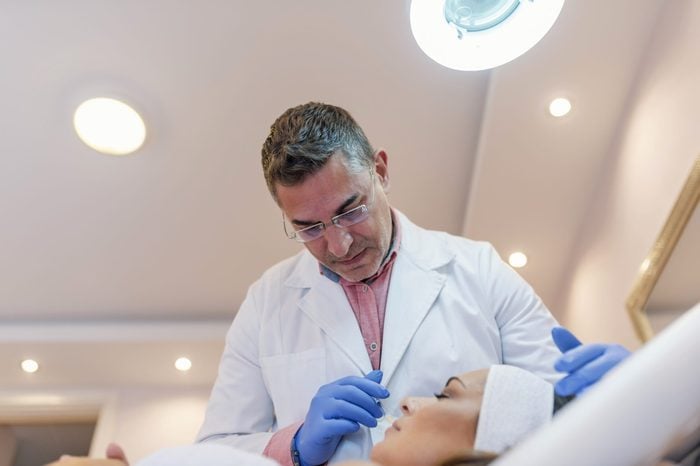
Botox is safe, when done correctly
The idea of a needle going toward your forehead, in between your eyes, or at your eyebrows might be a little daunting, but rest assured, it’s a very common (and highly-requested) procedure.
It’s commonly used for cosmetic reasons, but it also helps alleviate a slew of other health concerns. (It can also help prevent migraines and tension headaches.) “Botox was first approved by the FDA in 1989 to treat blepharospasm of the eyelid, and now can treat hundreds of medical conditions, such as hyperhidrosis (excessive sweating) or chronic migraines,” says Jill S. Waibel, MD, a dermatologist in the Miami area. She also notes that it was approved for cosmetic purposes in 2002. “Since then, millions of people have had Botox done safely and effectively. It is important to remember that Botox is safest when used by a board-certified dermatologist or a plastic surgeon.”
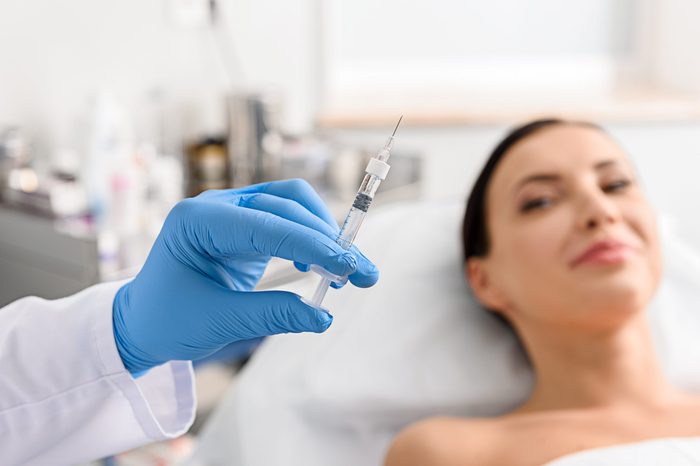
There’s no magic age to have it done
Younger patients have been increasingly hopping on the Botox bandwagon as a preventative measure—even before the wrinkles appear or deepen. That’s why dermatologists can’t recommend the best age to start or try Botox, since it depends on your goals, your facial expressions, and your preference. “Each time we raise our eyebrows, or scowl by bringing our eyebrows together, the wrinkles in these locations get deeper and more numerous. It happens slowly over a long period of time, so you don’t notice it on a daily basis,” Dr. Tutela says. “But if you look at the horizontal wrinkles in your forehead when you are not raising your eyebrows, you will see an increase in these wrinkles when you do raise your brows. If you then hold that raised brow position for 10 seconds, you will notice when you relax, your forehead wrinkles look deeper and more numerous. Botox prevents this from happening.” (Learn more about Botox, fillers and other procedures.)

When done correctly, you won’t look frozen
Some critics say Botox makes you lose all the personality from your face, leaving you with a significantly less range of motion when you laugh, or get angry or upset.(Check out these other Botox myths.) While it’s true that your movement will be restricted, a moderate amount of Botox will still allow you to react and communicate in a lively way. “Botox relaxes the wrinkle-forming facial muscles at the site of injection, such as crow’s feet, glabella (the ‘furrows’ in between the brows), and frontalis (forehead lines),” Dr. Waibel says. “Botox does not affect other facial muscles that are used for overall facial expressions.”
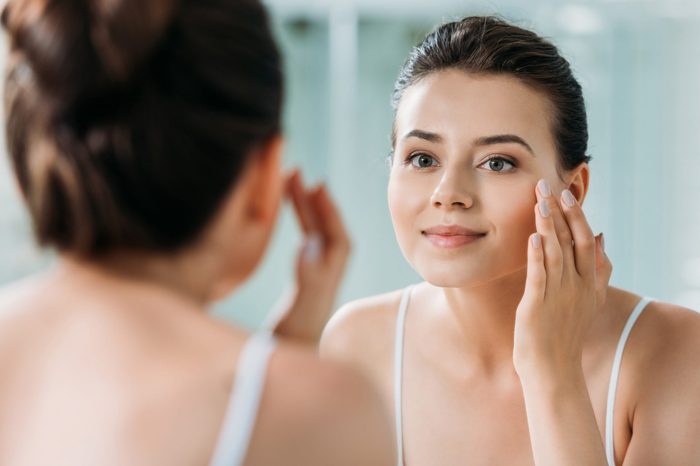
It doesn’t eradicate all wrinkles
It’s important to set up reasonable expectations for your Botox experience. “Botox does not get rid of all wrinkles on your face—it gets rid of wrinkles made from expressions,” Dr. Waibel explains. “It improves the appearance of these wrinkles by relaxing the muscles. It does not get rid of what we call static wrinkles—the ones that are seen at rest when looking in the mirror.” If those wrinkles bother you, talk to your dermatologist about the laser treatments that can help smooth them out.

Botox is actually a brand name
It may be the most well known, but Botox is just one type of neurotoxin on the market. Other neurotoxins are Dysport, which was FDA-approved in 2009, and Jeuveau, which was FDA-approved in 2019. “They all originate from the same strain of bacteria, therefore they work essentially in the same way,” explains Z. Paul Lorenc, MD, a board-certified aesthetic plastic surgeon in Manhattan. “There are some nuanced differences between the three,” he adds. Xeomin is a purified neurotoxin, also called a “naked molecule,” because it doesn’t contain any extra surface proteins, the way Botox and Dysport do. This “pure” neurotoxin migrates deeper into skin, works faster, and potentially poses less risk of an allergic reaction. “Theoretically, decreasing the protein load also lessens the chance of becoming a non-responder, meaning it lessens the chance that the patient will become immune to the neuromodulator being injected,” Dr. Lorenc says. Dysport tends to spread a little more than Botox, so it’s good for areas that would otherwise need multiple injections. It also kicks in faster than the other two, typically showing effects after two to three days as opposed to seven to ten days with Botox, and five to six days with Xeomin. Once you try the different neurotoxins, you might decide you like one brand better than the others. (Check out the anti-aging tips dermatologists won’t tell you for free.)
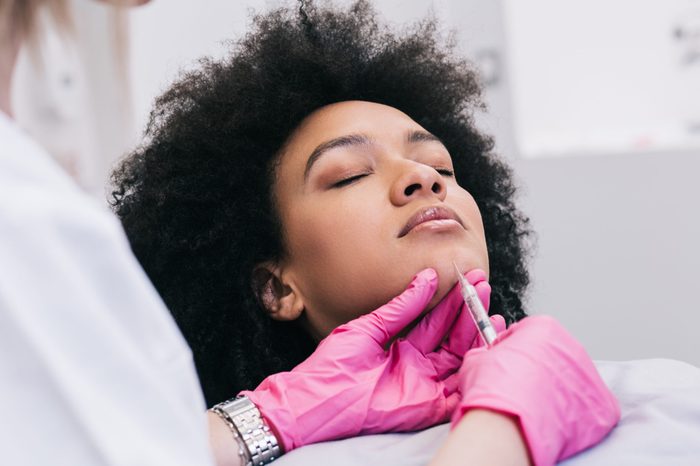
It might feel funny at first
Botox takes several days to kick in, with the full effect becoming apparent within two weeks. Some people say they know when it’s taken effect because it suddenly feels like there’s duct tape on their forehead. “Botox will affect the way your facial muscles move, and it can feel funny when you can’t move your face to make a particular expression,” Dr. Shainhouse explains. “Also, sometimes injection of Botox in one area can affect another area—for example, injecting too low on the forehead to reduce wrinkles above the brows can actually end up lowering the brows, which is not always ideal. You may also experience a super-tight feeling in the beginning, before your body has time to adjust to the toxin.” Also you will need to follow the pre- and post-treatment instructions, like avoiding blood thinners like aspirin, which could result in bruising, or lying down for a few hours after the injections. There is also a risk of the neurotoxin ending up in the wrong place in your face and potentially causing eyelid droop or other issues.
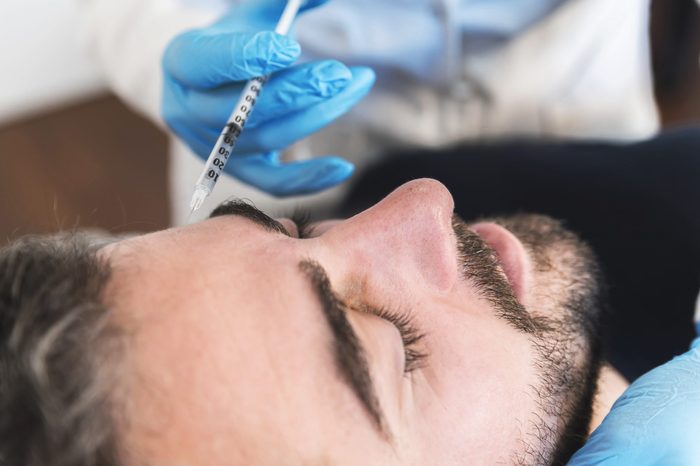
Men and women use it
Botox is actually quite popular among men. “It is one of the most common procedures that men undergo. It has even spawned the term ‘Bro-Tox,’ as it has surged in popularity among men in recent years,” Dr. Tutela notes. (Check out the worst pieces of skin care advice dermatologists have ever heard.)
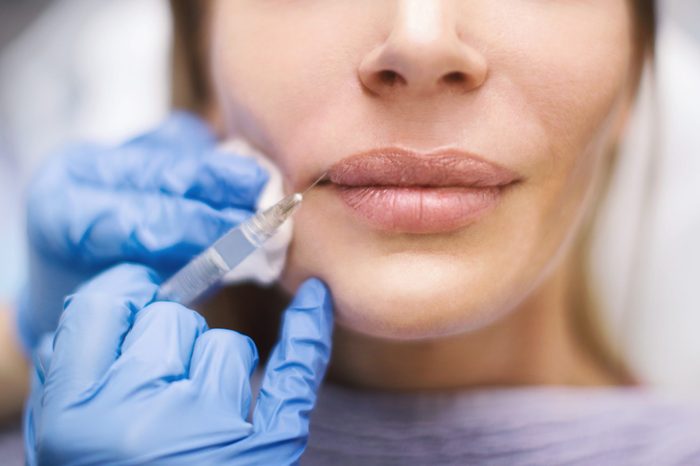
It’s not just a one-time thing
Botox lasts only around three months (or more when you first start getting injections), so get ready to go in for maintenance every three to six months. Because it’s only meant to temporarily relax your muscles, it wears off over time, and you’ll notice your wrinkles start to appear again. “As skin ages, the skin loses elasticity and collagen breaks down, so constant muscle and skin contraction can create more permanent creases (wrinkles). Within a few months of injecting the botox, the body makes new acetylcholine receptors, and the nerves are able to conduct their impulses again,” Dr. Shainhouse explains. “You must use neurotoxins continuously in order to reduce muscle movement and prevent long-term skin creasing.”
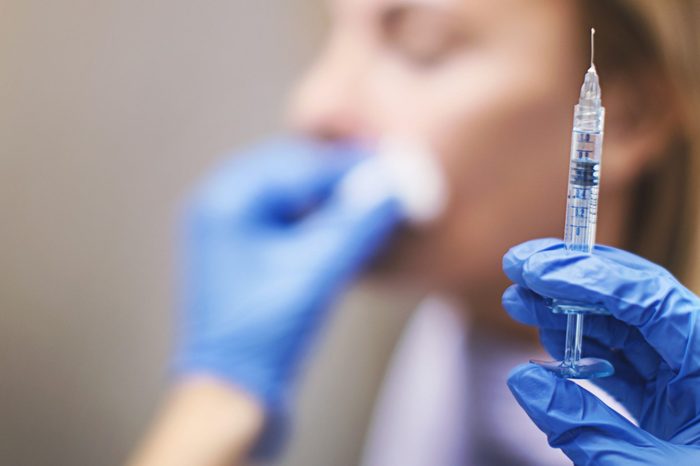
Don’t go for a deal
That Groupon offer might be tempting, but Dr. Tutela recommends doing a thorough vetting of your practitioner’s history and methods before signing up for treatment. “I think it is important to ask any provider if they perform that procedure frequently, to gauge their experience,” he says. He also suggests asking if they’ve experienced any major complications and to check their online reviews. “You can get a sense of how you will be treated and what kind of experience other patients have had,” Dr. Tutela says. “Many of those low-cost, high-volume practices are loaded with horrible reviews from disappointed patients.”

Always ask how many units you’re getting
When administered effectively, you may look like a smoother version of yourself, but not plastic-y. To prevent looking frozen, Dr. Tutela says to make sure your dermatologist or plastic surgeon tells you how many units they recommend. Everyone’s face is different and again, there is no magic number, but knowing your starting point will help tailor future appointments, he says.
Medically reviewed by Jessica Wu, MD.
Next, learn anti-aging myths dermatologists would like you to stop believing.
